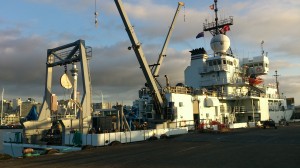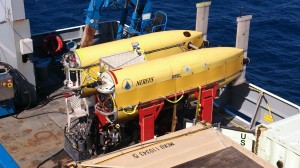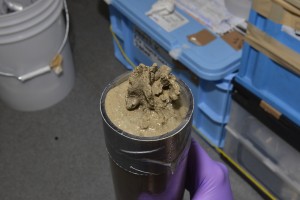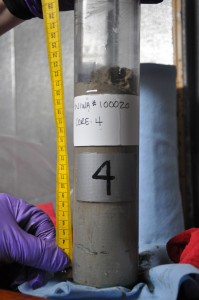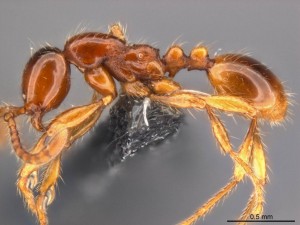 Cong has two new papers out so far this year! The first paper describes a new species, Aenictus yangi in the Journal of Hymenoptera Research. The other paper, in Zookeys, reports new records of ant species encountered in Yunnan, China. Both papers are coming from the field expedition to the Xingshuabanna area that Cong, Benoit Guenard, and Benjamin Blanchard made recently. They found 25 species previously unrecorded in Yunnan in addition to many new species (including, of course, Bannapone). Nice work, Cong!
Cong has two new papers out so far this year! The first paper describes a new species, Aenictus yangi in the Journal of Hymenoptera Research. The other paper, in Zookeys, reports new records of ant species encountered in Yunnan, China. Both papers are coming from the field expedition to the Xingshuabanna area that Cong, Benoit Guenard, and Benjamin Blanchard made recently. They found 25 species previously unrecorded in Yunnan in addition to many new species (including, of course, Bannapone). Nice work, Cong!
Tag: biodiversity
Samoa Collecting Trip
In April, 2015, Eli and Cong made a two-week collecting trip to Samoa. One purpose was to look for two endemic species Pheidole aana and Pheidole atua, which was last collected in 1967 before this trip. They ended up finding Pheidole aana, along with four other endemic species among the 33 ant species collected during this trip. They also recorded two new genera from Samoa, Discothyrea and Proceratium. Moreover, they collected native forest species at an altitude as high as 1400 meters.
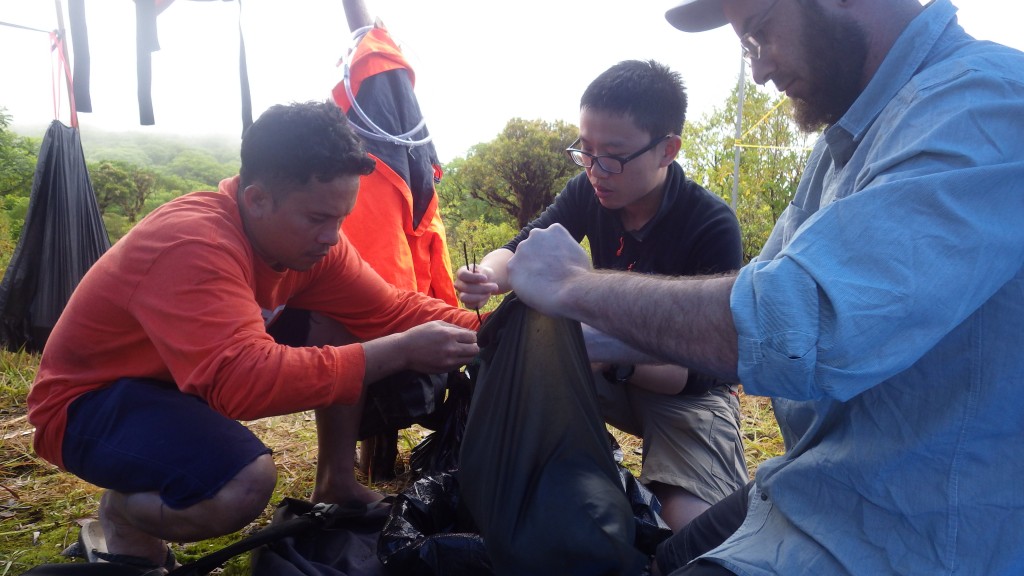
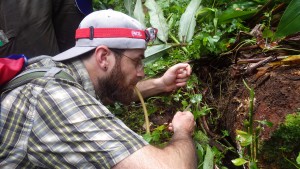
Biodiversity of the Kermadec Trench: Beatrice Lecroq Participates in HADES
Recently, Arilab post-doc Beatrice Lecroq participated in a research expedition to Kermadec Trench. Here is her account:
“From April 10 through May 20, I took part in the HADES cruise on-board research vessel Thomas G. Thompson to the Kermadec Trench. The trench runs from New Zealand to Louisville Seamount chain (south of Samoa) and reaches 10,047 m depth. HADES (HADal Ecosystems Studies) is a collaborative project founded by the National Science Foundation and aims to investigate the major environmental drivers of trench ecology. I joined this expedition together with 32 other scientists from 11 different institutions having the common motivation of tackling some mysteries about the evolution of life in trenches.
My specific interest was focusing on the diversity of benthic foraminifera (unicellular eukaryotes belonging to Rhizaria supergroup). Following the resource availabilities, deep-sea ecosystems are either patchy and transient or stable and oligotrophic. I think that benthic foraminifera have progressively coped with both situations by evolving into either opportunistic and generalist species or highly specialized taxa, which greatly contribute to their high richness (around 4000 species described and more than 10,000 estimated) and spectacular morphological diversity. In the sediment along the trench axe and up its flank onto the adjacent abyssal plain, foraminifera dominate the meiofauna, which conventionally ranges from 45 µm to 1 mm. However, evolutionary specialization led some taxa – the xenophyophores – to drastically increase their size (up to 20 cm in diameter) and to display some genuine properties such as accumulation of heavy metals from the water column into their shells. Although they are some of the largest single-celled organisms and can occur in extremely high densities (up to 20 specimens per square meter), information about this group, its diversity, biology, and ecology, remains scarce. Their large shells also attract a wide variety of life, including isopods, polychaetes, mollusks, and echinoderms, which indicates that they could be used as bioindicators for environmental pollutant concentrations and local/regional species diversity.
Using the remotely operated vehicle Nereus, coupled with push cores and a 4K resolution camera, we explored 5 sites ranging from 6,000 to almost 10,000 meters in depth and sampled undisturbed sediment and isolated specimens including xenophyophores. After recovering on deck, raw sediment from different layers (from the surface of the sediment to the core bottom) was flash frozen for later extraction of environmental DNA/RNA. In the future, foraminifera genomic DNA molecules will be amplified via PCR using specific primers and then massively sequenced. Fresh xenophyophore specimens were incubated in a buffer, fluorescently labelling any protein activity, to illuminate living organisms associated with their shells. The material we collected during this cruise will help in answering the following questions:
- What is the foraminiferal/xenophyophores richness of the Kermadec Trench? What organisms are associated with xenophyophores shells?
- What is the spatial variation of foraminiferal richness at a regional scale along the trench axis and how is this richness related to those found in other trenches?
- What is the metabolic activity of the communities (reflected by environmental RNA)? Is the trench environment a general trap/depository for extracellular DNA from the surrounding slopes and abyssal plains?
This cruise was ambitious and certainly not devoid of technical hurdles. After many hours of observation and sampling at the bottom of the trench, the Nereus submersible imploded at the end of the deepest dive, close to 10,000 m. The deepest cores and their sediments were lost, but images, video transects, as well as the material of the 5 previous dives, was recovered successfully. Despite the accident, the effort might be one of the most informative pieces of sampling from this mysterious region.”

